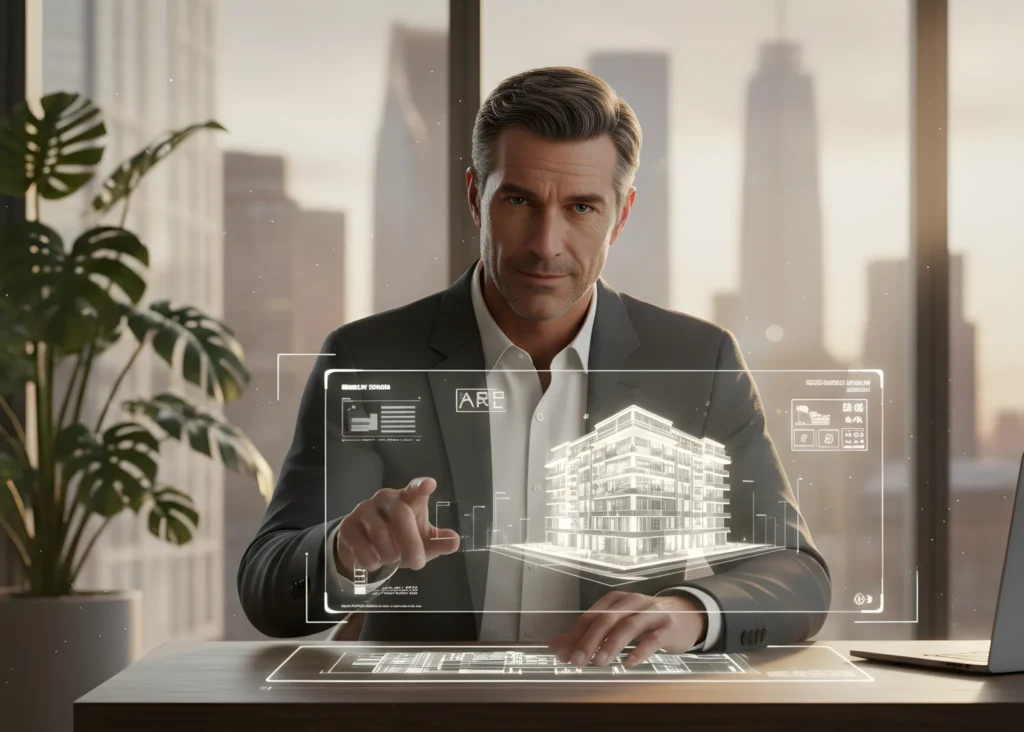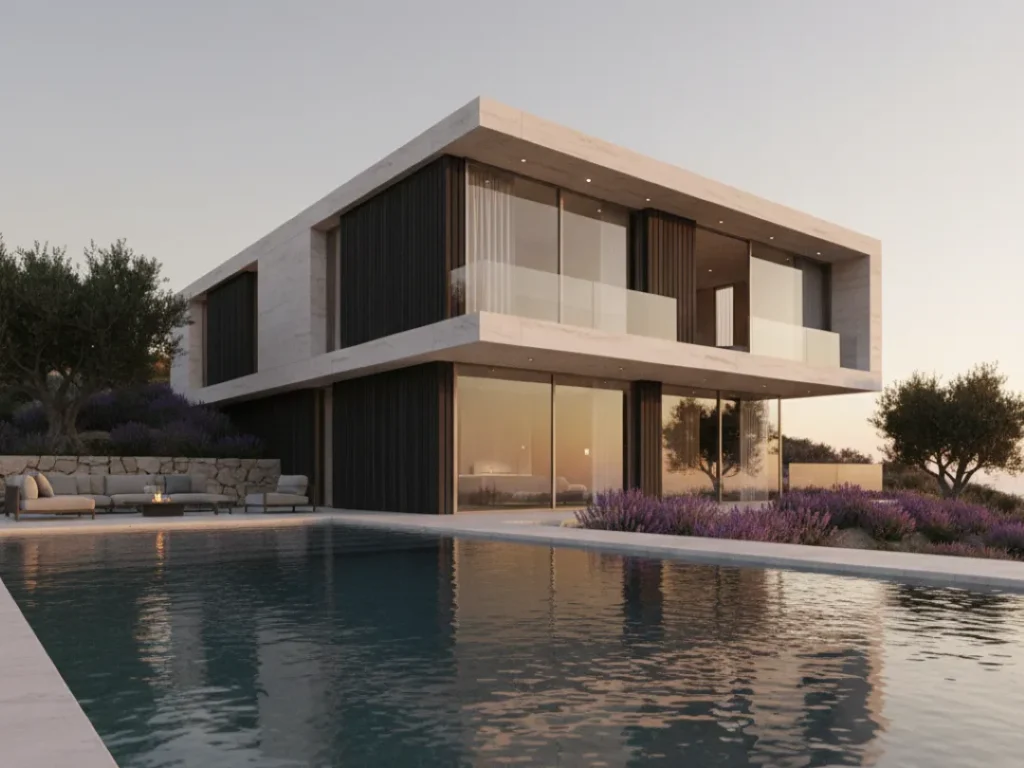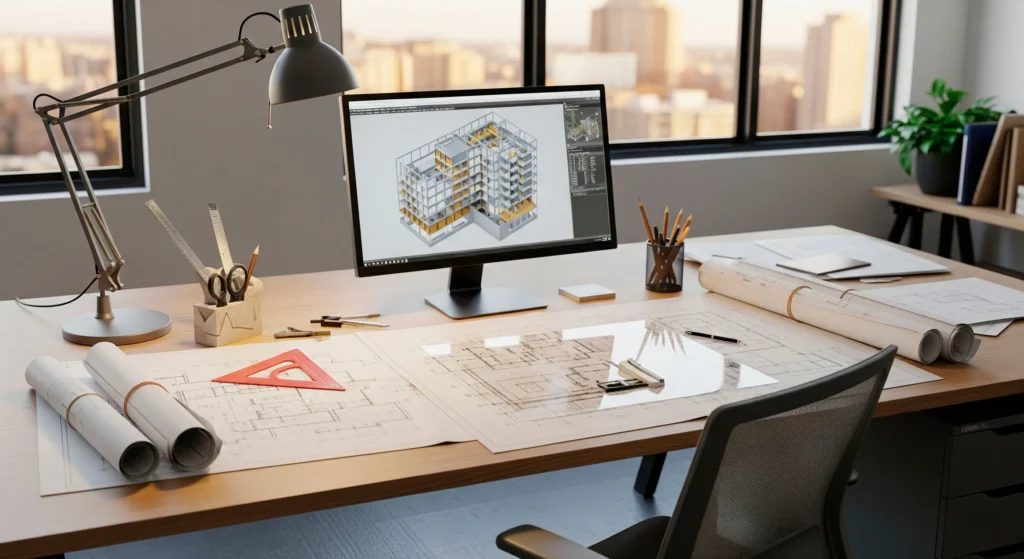Prefabricated Houses
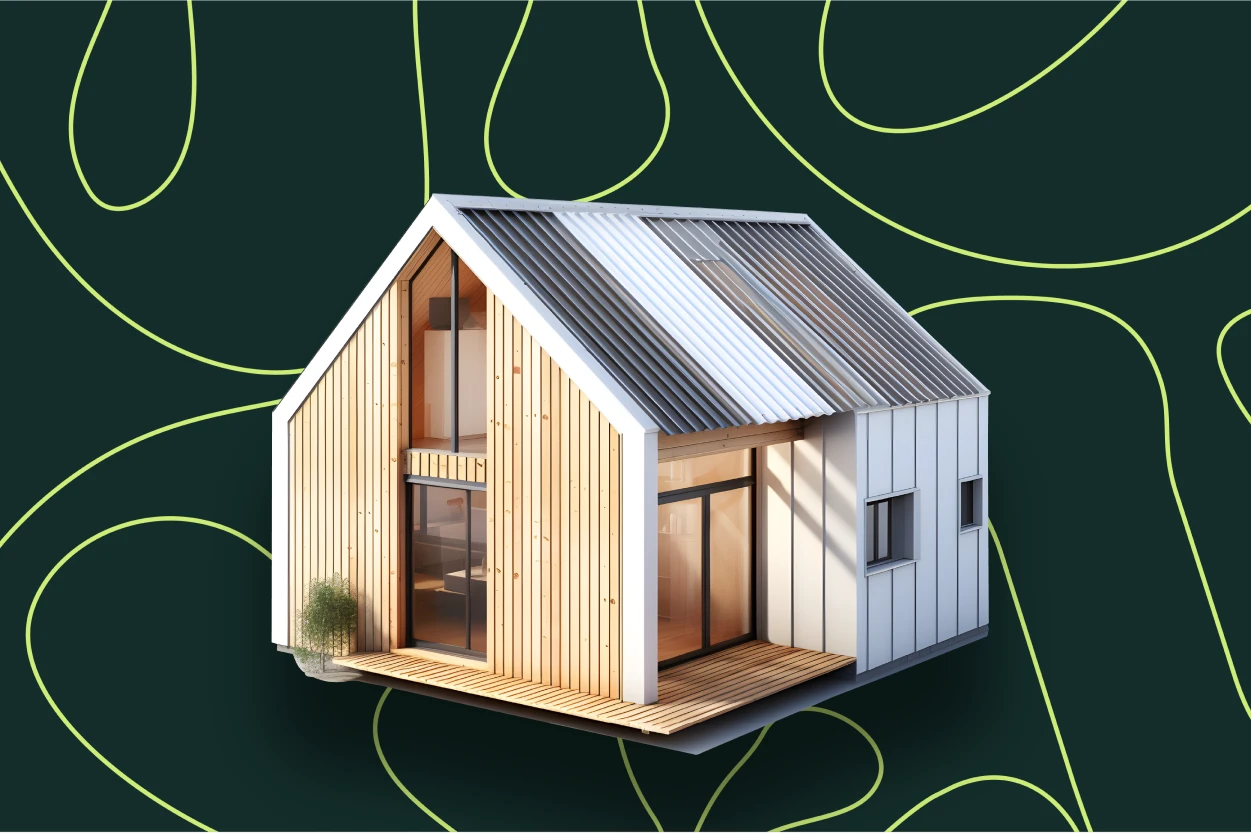
In today’s fast-changing world of architecture and construction, prefabricated houses have emerged as a compelling solution that combines efficiency, sustainability, and design innovation.
Prefabricated houses, also known as pre-fab (or, in our view, totally fab) housing, are gaining popularity for their numerous benefits and cost-effective nature. In this blog post, we will delve into the world of totally-fab houses, exploring their advantages, construction process, design options, and answering the question, “How much is a prefabricated house?”
Take a plunge with us as we uncover the exciting realm of prefabricated housing, and discover how WorldTeams’ architectural outsourcing solution can help your business thrive.
Prefabricated Houses: Why Are They So Cool??
Prefabricated houses offer many advantages making them an attractive option for homeowners and builders alike. Let’s explore some of their key features and benefits:
Speedy Construction:
One of the most significant advantages of prefabricated houses is their fast construction process. Components are manufactured off-site in a controlled environment, slashing total assembly times. This modus operandi saves time and also minimizes disruptions to the surrounding environment.
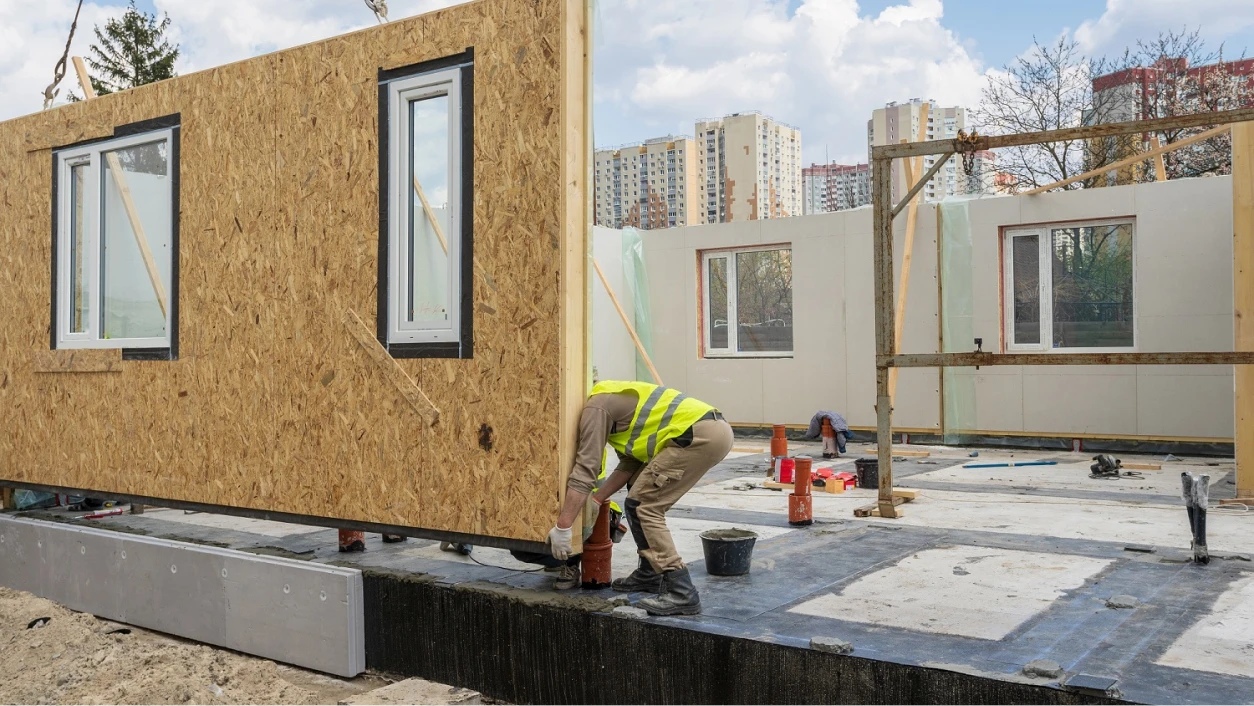
Cost Efficiency:
Prefabricated houses are often more cost-effective compared to traditional construction methods. The controlled manufacturing environment allows for better cost management, reduced material waste, and increased efficiency in labor utilization. As a result, prefabricated houses can offer substantial cost savings without compromising on quality.
Design Flexibility:
Contrary to common misconceptions, prefabricated houses offer many design options and customization possibilities. Advanced technology and modular construction techniques enable homeowners to personalize their homes according to their unique preferences and requirements. From contemporary designs to traditional aesthetics, the flexibility of prefabricated housing opens up a world of creative possibilities. All in all, don’t listen to people complaining about pre-fab houses looking “cheap.” They are what you make of them!
A Big “Yes” to Sustainability:
Prefabricated houses are inherently eco-friendly. The controlled manufacturing process allows for better resource management, reduced material waste, and improved energy efficiency. Additionally, advancements in sustainable materials and technologies make it possible to create energy-efficient and environmentally conscious prefabricated homes.
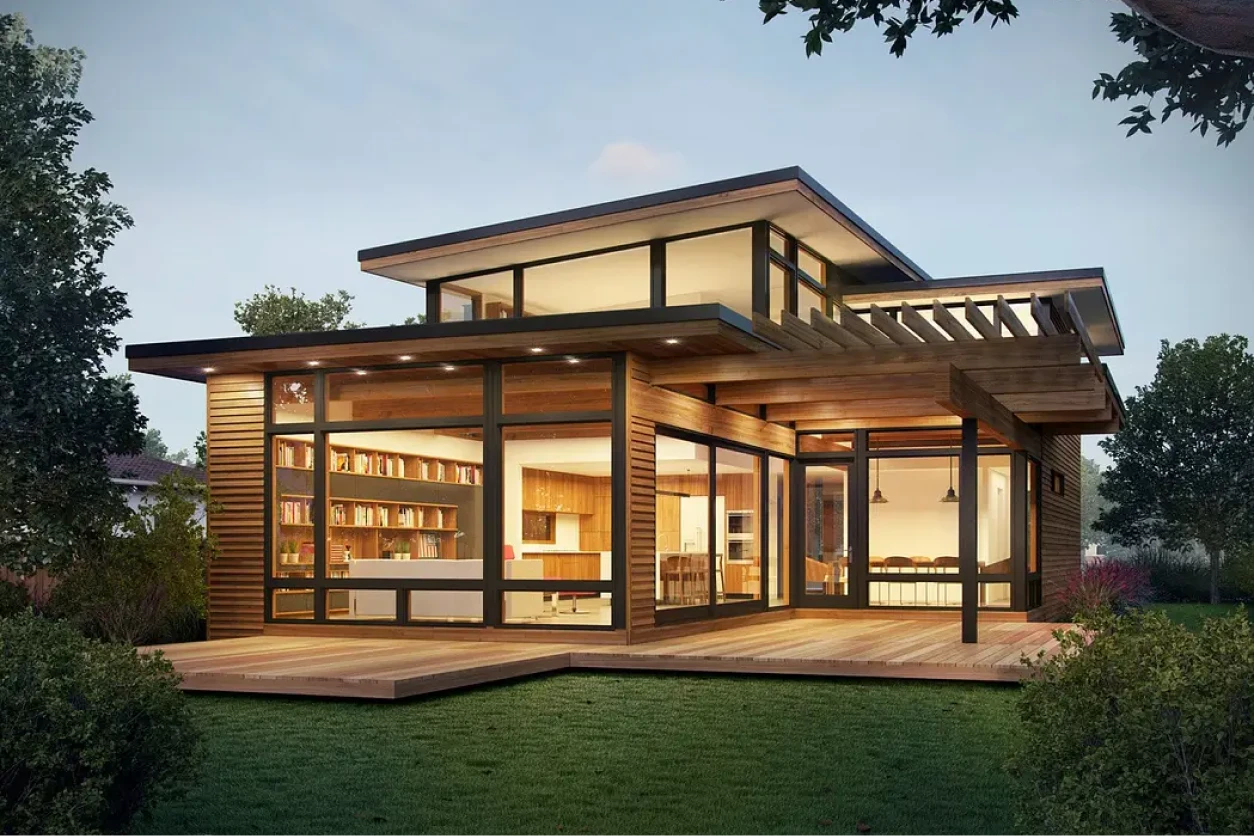
The Construction Process of Prefabricated Houses:
Understanding the construction process of prefabricated houses is essential to grasp their unique characteristics. Here’s an overview of how to build prefabricated houses:
How Much is a Prefabricated House?
The cost of a prefabricated house can vary depending on several factors, such as size, design complexity, chosen materials, location, and additional features. While there’s no one-size-fits-all price, prefabricated houses generally offer cost savings compared to traditional construction methods. The controlled manufacturing process, reduced labor requirements, and efficient resource utilization contribute to these savings. We recommend consulting with architectural professionals, like those at WorldTeams, who can provide accurate cost estimates based on your specific requirements.
Exploring Design Flexibility
One of the main advantages of prefabricated houses is their design flexibility. Contrary to the misconception that prefabricated houses all look the same, you can customize these structures to meet various architectural styles and personal preferences.
Prefabricated houses come in several designs, sizes, and configurations. Whether it’s a modern and sleek aesthetic or a traditional and rustic charm, there are options for every taste.
Architects and designers have embraced the concept of prefabrication, pushing the boundaries of creativity and innovation. From contemporary modular homes with clean lines and open floor plans to eco-friendly designs incorporating sustainable materials and energy-efficient features, prefabricated houses cater to diverse architectural visions.
Additionally, the flexibility of prefabrication extends beyond the house’s appearance. It also applies to the floor plan and layout. Modular construction allows for easy customization of room configurations, making it possible to create spaces that meet specific functional needs. Whether you require additional bedrooms, a home office, or an entertainment area, you can tailor prefabricated houses to accommodate your requirements.
Are Low-Cost Houses Worth It?
Another aspect to consider is the cost. One of the primary reasons why people choose prefabrication is the potential for cost savings compared to traditional site-built construction.
Prefabrication streamlines the construction process, reducing labor and material waste. The controlled factory environment allows for efficient production, minimizing the risk of delays and rework. In plain English, this translates into cost savings for homeowners and developers.
Moreover, prefabricated houses often involve standardized components and assembly techniques, which can lead to economies of scale. With these techniques, suppliers can reduce production costs and pass those savings on to the customers.
The cost savings are not limited to the construction phase alone. These structures also offer long-term financial benefits. Due to their energy-efficient design and sustainable materials, prefabricated houses result in reduced energy consumption and lower utility bills. This eco-friendly approach benefits the environment and helps homeowners save money in the long run.
Sustainability!
In today’s world, sustainability and environmental responsibility are crucial considerations in any construction project. Prefabricated houses align well with these values by incorporating green building practices.
The factory-controlled environment of prefabricated house manufacturing allows for better quality control and reduced waste. Materials are carefully selected and utilized, minimizing construction debris. This approach contributes to a more sustainable construction process by reducing the environmental impact associated with traditional construction methods.
Additionally, prefabricated houses often incorporate eco-friendly features such as energy-efficient insulation, solar panels, rainwater harvesting systems, and advanced HVAC systems. These elements help reduce energy consumption, lower greenhouse gas emissions and promote a healthier indoor environment.
Furthermore, prefabrication can also contribute to a more sustainable urban development approach. By constructing prefabricated houses in controlled factory environments, there is less disruption to the surrounding area, minimizing noise pollution and reducing transportation-related emissions.
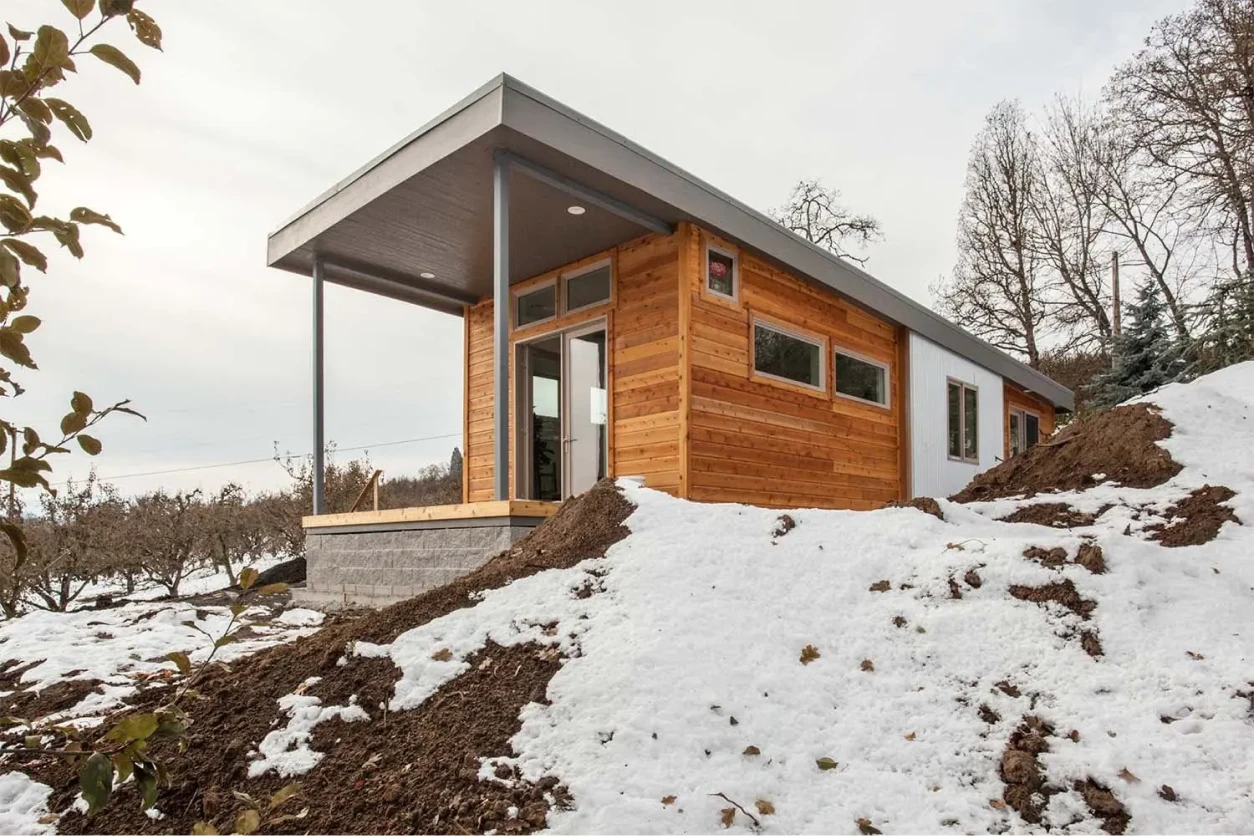
The Future of Prefabricated Houses
As the demand for affordable housing and sustainable construction solutions continues to rise, the future of prefabricated houses looks promising. The industry is constantly evolving and embracing new technologies and design concepts to meet changing needs and preferences of homeowners and developers.
Innovations like 3D printing, advanced robotics, and digital modeling are changing prefabrication. These technologies enable faster production, enhanced customization, and improved precision, further strengthening the value proposition of prefabricated houses.
Also, smart home technology is becoming more prevalent in prefabricated houses. Home automation systems, energy management systems, and Internet of Things (IoT) devices are seamlessly integrated into these structures, enhancing comfort, convenience, and energy efficiency.
With ongoing advancements and growing market demand, prefabricated houses will likely become an increasingly popular choice for homeowners and developers alike. The benefits of speed, cost-effectiveness, design flexibility, and sustainability position these structures as a viable solution for the future.
WorldTeams’ Architectural Outsourcing: the Way Ahead
At WorldTeams, we specialize in architectural outsourcing services that can help turn your vision for a prefabricated house into a reality. Our experienced professionals understand the industry and can handle projects of any scale or complexity. Here are some key advantages of partnering with WorldTeams:
Top-Shelf Professionals:
We have a team of highly accredited and experienced professionals who excel in their respective fields. From architects and engineers to drafters and 3D modelers, our talents possess the expertise and skills to deliver exceptional results.
Cost-Effective Solutions:
With WorldTeams, you can achieve substantial cost savings while ensuring high-quality outcomes. Our architectural outsourcing services enable businesses to access top-tier talent without the burden of extensive overhead costs. We’ve helped companies scale two-fold while reducing costs by 60% in under two weeks.
Results-Driven Approach:
We pride ourselves on delivering tangible results. Our track record speaks for itself, as we’ve helped numerous clients achieve their goals and enhance their profitability. Through a full-scale, zero-cost consultation, we assess your specific needs and recommend the right architectural drafting services to drive your business forward.
Tailored Professional Selection:
WorldTeams offers the advantage of choice. After understanding your requirements, we assist you in selecting at least three professionals who best match your project’s needs. This personalized approach ensures that you have access to the right expertise for your specific project requirements.
Conclusion
Prefabricated houses are revolutionizing the construction industry with speed, cost efficiency, design flexibility, and sustainability. As the demand for efficient and innovative housing solutions grows steadily, prefabricated houses are gaining prominence.
WorldTeams, the leading architectural outsourcing solution, is committed to helping businesses navigate the world of prefabricated houses with confidence and success. Reach out today for a comprehensive consultation and experience the benefits of our top-shelf professionals, cost-effective solutions, and tailored expertise. With WorldTeams, you’ll achieve outstanding results and unlock the potential of prefabricated housing for your business.







